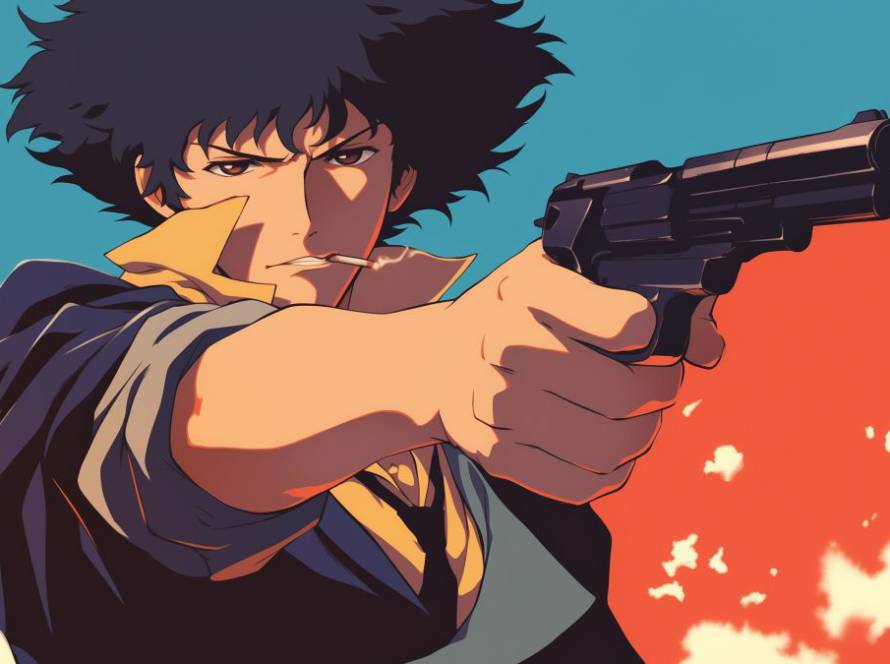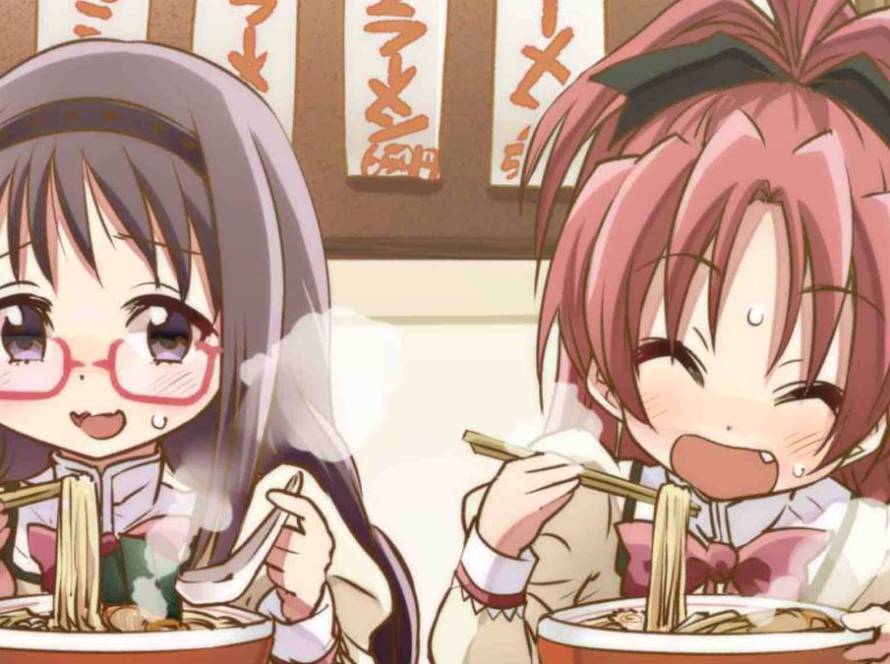🌟 From Hero to Villain: The Shocking Transformation of Eren Yeager 🌟
When Attack on Titan first burst onto the anime scene, Eren Yeager emerged as a beacon of hope for humanity. His fierce determination and unwavering resolve to fight against the Titans captivated audiences worldwide. But as the story unfolded, something unexpected happened. The once-beloved protagonist began to change, leaving fans questioning everything they thought they knew.
What could drive a hero to become the very thing he swore to destroy? 🤔 Eren’s journey from a passionate defender of humanity to a controversial figure is a rollercoaster of emotions, plot twists, and moral dilemmas. As we delve into the rise and fall of Attack on Titan’s most divisive character, prepare to explore the complexities of Eren’s evolution, from his early days within the walls to the earth-shattering revelations that changed everything. Join us as we unravel the enigma that is Eren Yeager and discover how a story of survival became a testament to the blurred lines between heroism and villainy.
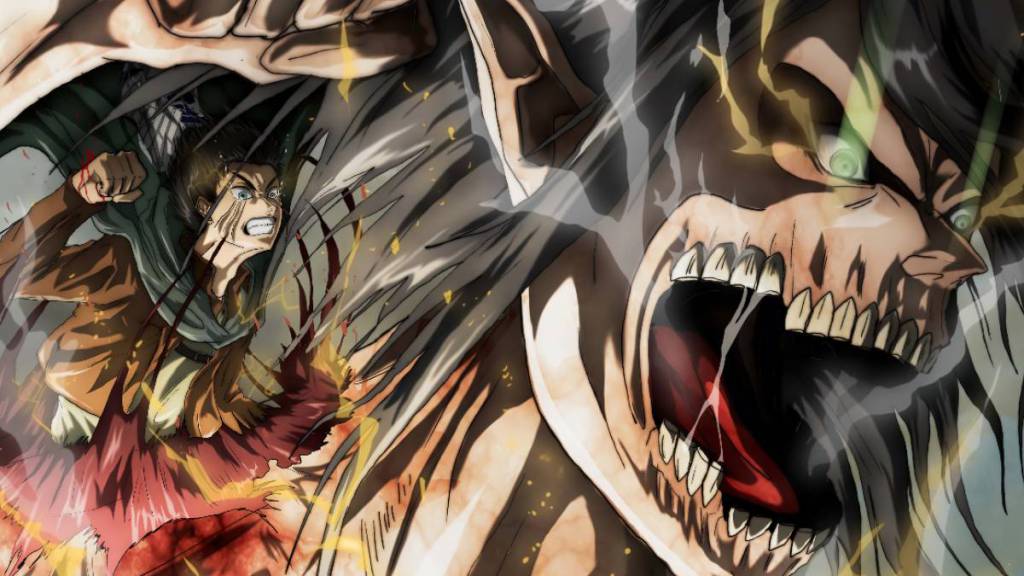
Eren Yeager’s Early Days
Eren Yeager’s journey in Attack on Titan begins in the humble town of Shiganshina, setting the stage for one of the most controversial characters in anime history. This section delves into Eren’s origins, the tragic events that shaped his worldview, and his first steps towards becoming a pivotal figure in humanity’s struggle against the Titans.
Humble beginnings in Shiganshina
Eren’s early life in Shiganshina was marked by a sense of confinement and curiosity about the world beyond the walls. As a child, he lived a relatively peaceful existence with his parents, Grisha and Carla Yeager, and his adopted sister, Mikasa Ackerman. Shiganshina, located on the outermost wall, Maria, provided Eren with a unique perspective on the constant threat posed by Titans.
Key aspects of Eren’s childhood in Shiganshina include:
- A strong desire for freedom and exploration
- Close friendships with Mikasa and Armin Arlert
- A fascination with the Scout Regiment and their expeditions beyond the walls
- Growing frustration with the complacency of those living within the walls
Tragic loss and motivation for revenge
The turning point in Eren’s life came with the fall of Wall Maria and the subsequent Titan attack on Shiganshina. This catastrophic event resulted in:
- The destruction of his hometown
- The death of his mother, Carla, devoured by a Titan before his eyes
- The disappearance of his father, Grisha
- The loss of countless lives and the displacement of survivors
These traumatic experiences ignited a fierce determination within Eren to eradicate all Titans and reclaim the freedom of humanity. The image of his mother’s death became a driving force, fueling his anger and desire for vengeance against the Titans.
Joining the Scout Regiment
In the aftermath of the tragedy, Eren, along with Mikasa and Armin, enlisted in the military with the ultimate goal of joining the Scout Regiment. This decision was influenced by several factors:
- A burning desire to fight against the Titans directly
- The need to become stronger and more capable
- Admiration for the Scout Regiment’s bravery and dedication
- A chance to explore the world beyond the walls
During his training, Eren’s passionate hatred for Titans and his unwavering determination set him apart from his peers. Despite not being the most skilled trainee, his fierce resolve caught the attention of both his comrades and superiors.
As Eren progressed through his training, he began to develop the skills and mindset necessary for survival in the brutal world of Titan combat. His experiences in the military academy laid the groundwork for the complex and controversial character he would become in the later stages of the story.
With his foundation set in Shiganshina and his resolve strengthened through loss and military training, Eren Yeager was poised to embark on a journey that would not only change his life but also alter the course of humanity’s struggle against the Titans. This early period in Eren’s life serves as a crucial backdrop for understanding the motivations and decisions that would eventually lead to his transformation into one of anime’s most divisive characters.
The Revelation of Eren’s Titan Powers
Now that we’ve explored Eren’s early days, let’s delve into the pivotal moment that changed everything: the revelation of his Titan powers.
Discovery of his ability to transform
Eren’s ability to transform into a Titan was first revealed in a moment of crisis. Trapped in the stomach of a Titan, facing certain death, Eren’s dormant power awakened. This shocking discovery not only saved his life but also altered the course of humanity’s struggle against the Titans.
The transformation process itself is both awe-inspiring and terrifying:
- Self-inflicted injury triggers the transformation
- A flash of lightning precedes the change
- Eren’s human form becomes encased in Titan flesh
- He emerges as a 15-meter class Titan with unique features
This newfound ability left both Eren and those around him stunned, opening up a world of possibilities and dangers.
Impact on military strategy
Eren’s Titan power dramatically shifted the balance in humanity’s fight against the Titans. The military, particularly the Scout Regiment, quickly recognized the strategic advantage of having a Titan on their side. This led to several key changes in their approach:
- Eren became a central figure in missions beyond the walls
- New tactics were developed to utilize Eren’s Titan form effectively
- The focus shifted from pure defense to potential offensive strategies
- Resources were allocated to research and understand Titan powers
However, this also made Eren a prime target for enemies, both human and Titan, adding a new layer of complexity to military planning.
Eren’s struggle with control and responsibility
With great power comes great responsibility, and Eren found himself grappling with both. His initial transformations were unpredictable and often dangerous to those around him. Eren had to learn to:
- Control his Titan form consciously
- Maintain his humanity while in Titan form
- Balance the physical and mental toll of transformation
- Cope with the immense pressure of being humanity’s new hope
This internal struggle became a defining aspect of Eren’s character development, shaping his decisions and relationships throughout the series.
Public reaction to a human Titan
The revelation of a human who could transform into a Titan sent shockwaves through society. Public reaction was mixed and intense:
- Fear and distrust from those who saw Eren as a potential threat
- Hope and admiration from others who viewed him as a savior
- Curiosity and scientific interest from researchers like Hange Zoë
- Political maneuvering as factions sought to control or eliminate Eren
This public scrutiny added another layer of pressure on Eren, influencing his actions and mental state as he grappled with his newfound powers and role in society.
As we move forward, we’ll see how these revelations and reactions set the stage for Eren’s evolution as a character and the complex choices he would face in the future.
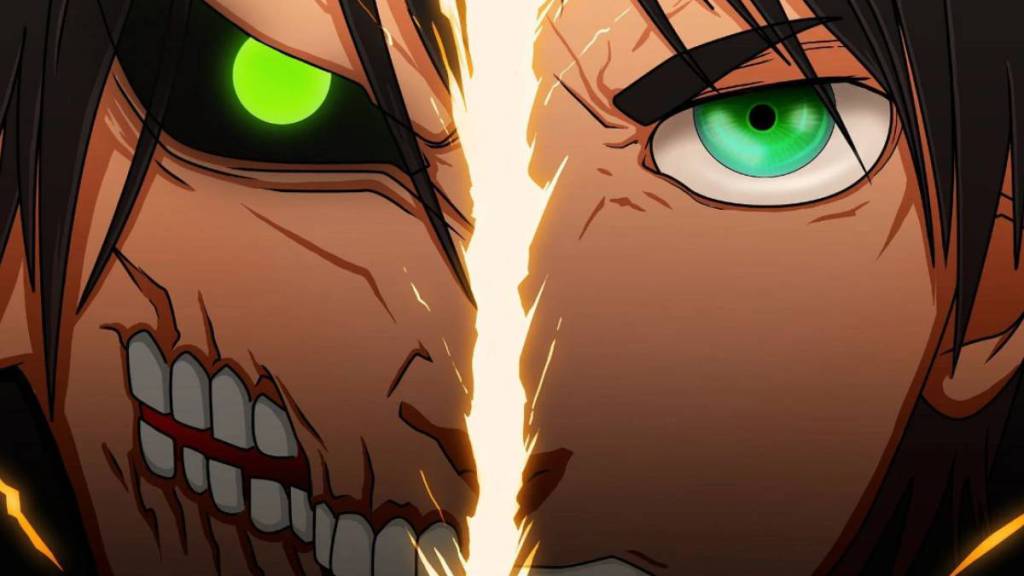
Eren’s Evolution as a Character
From hot-headed recruit to calculated strategist
Eren Yeager’s transformation from an impulsive, revenge-driven recruit to a cunning strategist is one of Attack on Titan’s most compelling character arcs. Initially, Eren’s raw determination and anger fueled his actions, often leading to reckless decisions. However, as he faced increasingly complex challenges, he learned to temper his emotions with tactical thinking.
Key moments in this evolution include:
- The Battle of Trost: Eren’s first transformation showcased his uncontrolled rage.
- The Female Titan arc: Eren began to understand the importance of teamwork and strategy.
- The Uprising arc: Eren started to question his own beliefs and motivations.
As Eren matured, he developed a more nuanced understanding of his enemies and the world around him. This shift allowed him to make calculated moves, often catching both allies and foes off guard.
Developing complex relationships with allies
Eren’s relationships with his comrades underwent significant changes throughout the series. His bonds with Mikasa Ackerman and Armin Arlert, once unshakeable, became strained as Eren’s worldview shifted. The complexity of these relationships reflects Eren’s internal struggle and evolving perspective.
Notable developments in Eren’s relationships include:
- Growing distance from Mikasa and Armin
- Increased reliance on Historia and the power of the royal bloodline
- Forming unexpected alliances with former enemies
These changing dynamics highlight Eren’s growth from a simple, driven character to a multifaceted individual capable of making difficult choices and manipulating those around him.
Gradual shift in motivations and goals
Perhaps the most significant aspect of Eren’s evolution is the transformation of his core motivations and goals. What began as a straightforward desire for revenge against the Titans evolved into a complex web of objectives that shocked both characters and fans alike.
Eren’s shifting motivations can be traced through several stages:
- Revenge against Titans
- Reclaiming Wall Maria
- Uncovering the truth about the world
- Protecting Paradis Island
- Implementing the Rumbling
This gradual shift reflects Eren’s growing understanding of the world and his place in it. As he uncovers more truths about the nature of Titans, the history of Eldia, and the threats facing Paradis Island, his goals become increasingly extreme and morally ambiguous.
Eren’s evolution from a hot-headed recruit to a calculated strategist with complex relationships and shifting motivations is a testament to the depth of his character development. This transformation not only drives the plot of Attack on Titan but also challenges viewers to question their own perceptions of right and wrong. As we delve deeper into the truth about the world and Eren’s choices, we’ll see how this evolution sets the stage for the controversial actions and decisions that define the latter part of the series.
The Truth About the World and Eren’s Choices
As Eren Yeager’s journey unfolds, the shocking revelations about the world beyond the walls reshape his perspective and drive him towards increasingly controversial decisions. This pivotal moment in Attack on Titan’s narrative not only changes Eren but also sets the stage for the series’ most intense and morally complex arcs.
Revelations about Marley and Eldian History
The truth about the world outside the walls shatters everything Eren and his companions believed. They discover that:
- Their island, Paradis, is not the last bastion of humanity but a small part of a larger world
- Eldians, including those on Paradis, are descendants of a people who once ruled through the power of Titans
- Marley, a powerful nation, now oppresses Eldians and uses them as weapons of war
This revelation forces Eren to confront the reality that his people are not only victims but also descendants of oppressors. The weight of this history becomes a crucial factor in shaping Eren’s future choices.
Eren’s Access to Future Memories
One of the most significant twists in Eren’s character development is his ability to access future memories through the power of the Attack Titan. This unique ability:
- Allows Eren to see glimpses of future events
- Provides him with knowledge that influences his decisions
- Raises questions about free will and determinism in the story
The access to these memories becomes both a blessing and a curse for Eren, as it drives him towards a predetermined path that he feels compelled to follow.
The Weight of Predetermined Destiny
Eren’s knowledge of future events creates a heavy burden:
- He becomes aware of the devastating consequences of his actions
- The line between choice and destiny becomes blurred
- Eren struggles with the concept of free will, questioning if his actions are truly his own
This internal conflict adds depth to Eren’s character, as he grapples with the responsibility of shaping a future he has already seen.
Confronting Moral Dilemmas
As Eren gains a deeper understanding of the world and his role in it, he faces increasingly complex moral dilemmas:
- Protecting Paradis Island vs. the lives of countless innocents beyond the walls
- The ethical implications of using the Rumbling as a deterrent or weapon
- Balancing personal freedom against the greater good
These dilemmas force Eren to make difficult choices that ultimately lead to his controversial actions later in the series. The weight of these decisions transforms Eren from a passionate, revenge-driven youth into a morally ambiguous figure willing to take extreme measures for what he believes is right.
As we delve deeper into Eren’s psyche and motivations, we begin to understand the complexity of his character and the reasons behind his controversial actions and decisions.
Eren’s Controversial Actions and Decisions
As Eren Yeager’s journey in Attack on Titan unfolds, his actions become increasingly controversial, shocking both his allies and the audience. Let’s delve into the pivotal moments that transformed Eren from a sympathetic protagonist to a morally ambiguous figure.
The Attack on Liberio
Eren’s assault on Liberio marked a turning point in the series, showcasing his willingness to take extreme measures. This surprise attack on Marleyan soil demonstrated:
- Eren’s strategic thinking and ruthlessness
- The devastating power of the Attack Titan in an urban setting
- The blurring of lines between self-defense and aggression
The attack resulted in numerous civilian casualties, raising questions about the ethics of Eren’s actions and the true nature of his goals.
Betrayal of Former Allies
As Eren’s plans became more radical, he distanced himself from his longtime friends and comrades. This betrayal manifested in several ways:
- Withholding crucial information from the Survey Corps
- Acting independently without considering the consequences for Paradis Island
- Manipulating and endangering his closest friends, including Armin and Mikasa
These actions left many fans questioning Eren’s motives and wondering if he had truly become the villain of the story.
Initiating the Rumbling
Perhaps Eren’s most controversial decision was initiating the Rumbling, a cataclysmic event that unleashed thousands of Colossal Titans to flatten the world beyond Paradis Island. This act:
- Demonstrated the true extent of the Founding Titan’s power
- Sparked a global conflict on an unprecedented scale
- Forced his former allies to take a stand against him
The Rumbling represented a point of no return for Eren, solidifying his position as a antagonist in the eyes of many.
Justifications for Global Genocide
Eren’s rationale for the Rumbling and his pursuit of global genocide is perhaps the most contentious aspect of his character arc. He justified his actions through several arguments:
- Protecting Paradis Island and its inhabitants from external threats
- Breaking the cycle of hatred between Eldians and the rest of the world
- Securing freedom for himself and his people, no matter the cost
These justifications, while rooted in Eren’s desire for freedom and protection, raise profound moral questions about the value of life and the lengths one should go to achieve their goals.
As we examine Eren’s controversial actions and decisions, it becomes clear that his character has evolved far beyond the idealistic young soldier we first met. His complex motivations and morally gray choices have sparked intense debates within the Attack on Titan fandom, challenging viewers to grapple with difficult ethical dilemmas and the consequences of pursuing freedom at any cost. With these events in mind, we must now consider the ultimate fate of this polarizing character.
Is Eren Yeager Dead?
As we delve deeper into the complex narrative of Attack on Titan, one question looms large in the minds of fans: Is Eren Yeager truly dead? This pivotal question not only shapes the finale of the series but also profoundly impacts how we interpret Eren’s character arc and legacy.
In the final chapters of the manga and corresponding anime episodes, we witness Eren’s physical form being decapitated by Mikasa Ackerman. This moment is both shocking and poignant, marking the culmination of a long and tumultuous journey. However, the nature of Eren’s powers and the intricacies of the Titan mythology leave room for interpretation.
Consider the following factors that complicate the question of Eren’s death:
- The nature of the Founding Titan’s powers
- The concept of Paths and time manipulation
- Eren’s ability to see future memories
- The ambiguous ending of the series
While Eren’s physical body may have perished, his influence and presence continue to reverberate throughout the world of Attack on Titan. This lingering impact leads us to question whether death, in the conventional sense, truly applies to a character as complex and powerful as Eren Yeager.
Is Eren Yeager Evil?
The question of Eren’s morality is perhaps even more contentious than that of his death. As the series progresses, Eren’s actions become increasingly extreme and morally ambiguous, leading many fans to debate whether he has become the very evil he once sought to destroy.
To understand the complexity of Eren’s moral standing, we must consider several key factors:
- His motivations and goals
- The context of the world he inhabits
- The consequences of his actions
- The perspective from which we judge him
Eren’s journey from a passionate, revenge-driven youth to the architect of global genocide is a stark and troubling transformation. His decision to activate the Rumbling, unleashing countless Colossal Titans to trample the world beyond Paradis Island, is undoubtedly an act of unimaginable violence and destruction.
However, Eren’s actions are rooted in a desire to protect his people and break the cycle of hatred that has plagued their world for centuries. This complexity forces us to grapple with difficult questions about the nature of good and evil, the justification of means by ends, and the weight of individual choice in the face of systemic oppression.
It’s crucial to note that Eren’s character doesn’t fit neatly into the categories of hero or villain. Instead, he embodies the moral ambiguity that permeates the entire narrative of Attack on Titan. His actions are simultaneously an attempt at salvation and an act of monstrous cruelty, reflecting the harsh realities of the world Isayama has created.
As we transition to examining Eren’s fall from grace, it’s clear that the questions surrounding his death and moral standing are inextricably linked to the broader themes of the series. The ambiguity of Eren’s fate and the debate over his morality serve to underscore the complex, nuanced approach to storytelling that has made Attack on Titan such a compelling and controversial series.
The Fall of a Hero
Now that we’ve explored Eren’s controversial actions and decisions, let’s delve into the consequences and the ultimate fall of this once-beloved protagonist.
Public perception of Eren as villain
As Eren’s plans unfolded, public opinion shifted dramatically. The boy who once symbolized hope for humanity became a figure of terror and destruction. His decision to unleash the Rumbling transformed him into a global threat, with millions viewing him as the ultimate villain. This shift in perception was not limited to the international community; even within Paradis Island, opinions were divided. Some saw Eren as a necessary evil, while others condemned his actions as genocide.
Impact on friends and loved ones
Eren’s transformation had a profound effect on those closest to him:
- Mikasa Ackerman: Torn between her unwavering loyalty and the horror of Eren’s actions
- Armin Arlert: Struggled to reconcile his friendship with Eren and his moral objections
- Jean and Connie: Forced to fight against their former comrade
- Historia: Burdened with the knowledge of Eren’s plans and her role in them
The emotional toll on these characters was immense, as they grappled with feelings of betrayal, confusion, and loss. Their journey from trust to opposition mirrored the larger narrative of Eren’s fall from grace.
Eren’s internal conflict and true intentions
Despite his outward appearance of conviction, Eren’s internal struggle was a key element of his character’s complexity. His actions were driven by a mix of:
- Desire to protect Paradis Island
- Belief in the inevitability of conflict
- Personal quest for freedom
- Burden of future memories
This internal turmoil humanized Eren, even as his actions became increasingly monstrous. It raised questions about free will, determinism, and the nature of heroism in a morally gray world.
The price of freedom and peace
Eren’s pursuit of freedom came at an enormous cost. The devastation wrought by the Rumbling was unprecedented, with countless lives lost and entire civilizations wiped out. This raised profound questions about the nature of peace and whether it can ever truly be achieved through violence.
The fall of Eren Yeager as a hero serves as a stark reminder of the complexities of human nature and the often blurry line between heroism and villainy. His journey from a passionate, revenge-driven youth to a controversial figure who shaped the fate of the world highlights the intricate narrative of Attack on Titan. As we move forward, we’ll examine the lasting impact of Eren’s actions and the legacy he leaves behind in this epic tale of survival, freedom, and the cost of peace.
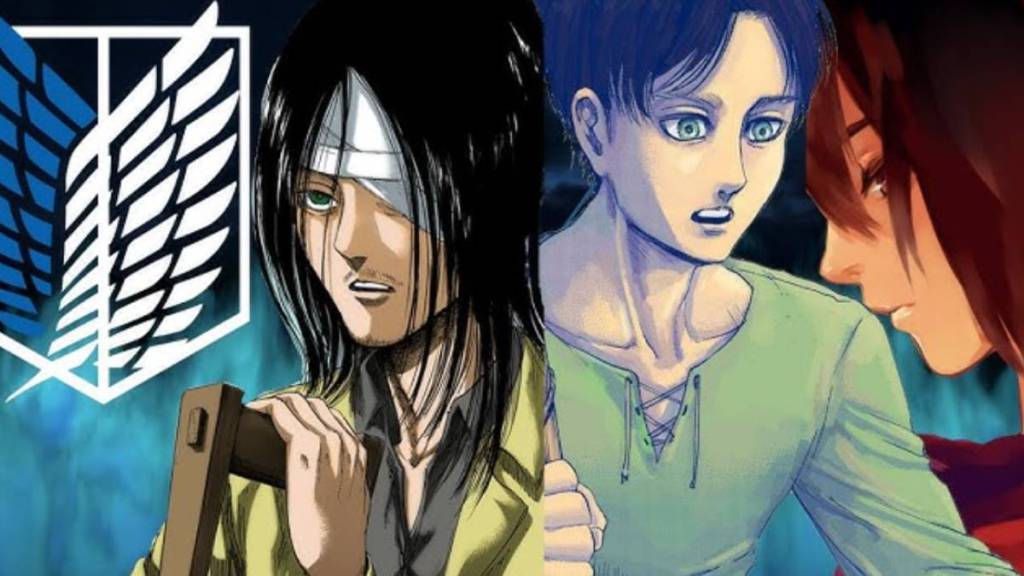
Eren Yeager’s rise and fall encapsulate the essence of Attack on Titan’s storytelling. He began as a symbol of hope and determination, only to become a figure of controversy and tragedy. Through his journey, Eren challenged viewers to confront uncomfortable truths about morality, the nature of power, and the lengths one might go to achieve freedom.
In the end, Eren’s legacy is one of complexity—a reminder that heroes and villains often reside within the same person, shaped by the choices they make and the world they inhabit.


